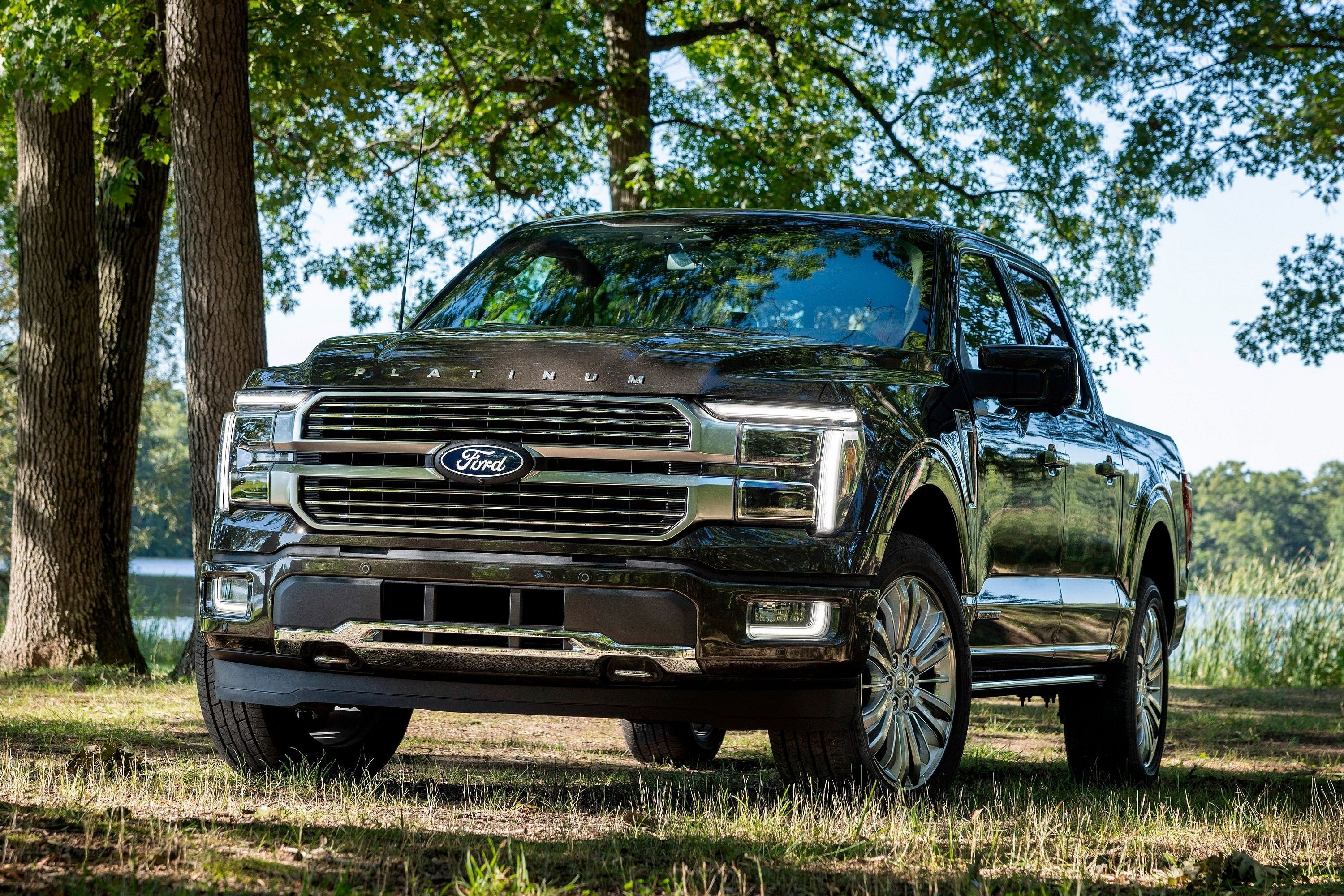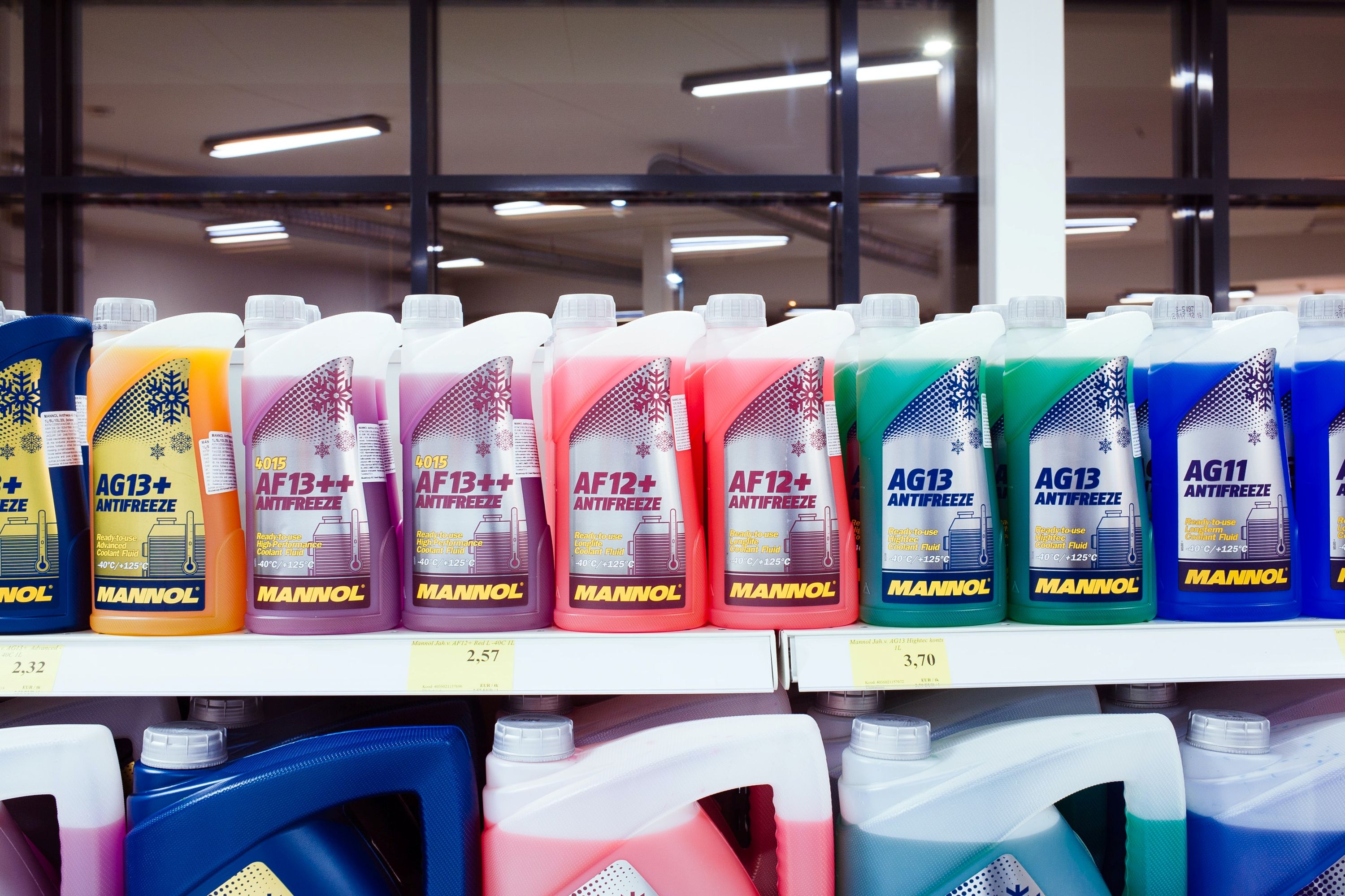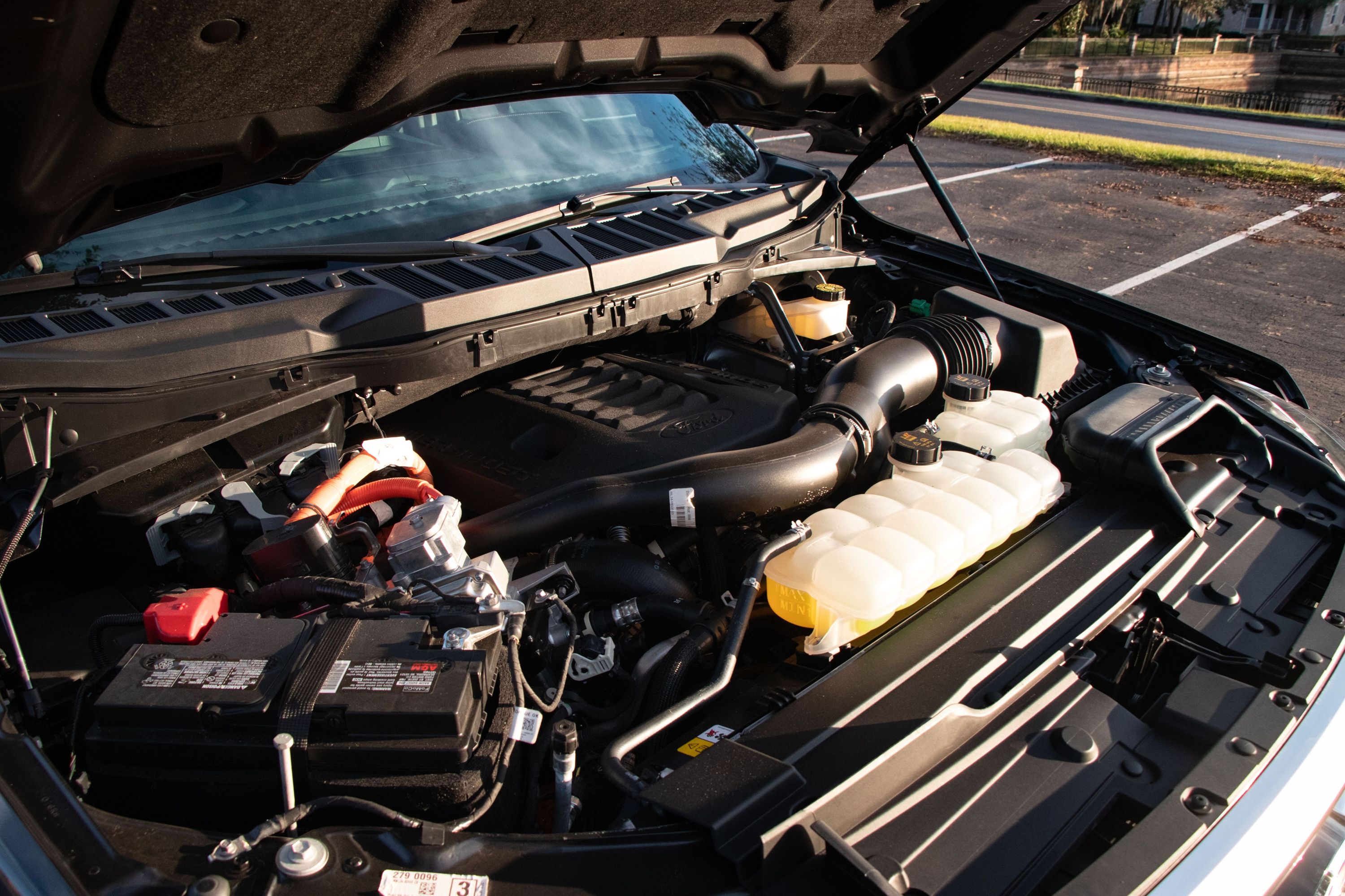
A Breakdown Of Your Car Cooling System
You have probably heard of coolant or antifreeze for your car and that it goes into the radiator. Antifreeze and coolant are often used interchangeably, but is radiator coolant the same as antifreeze? For the most part, the liquid in your car radiator, called coolant, is actually a blend of antifreeze and water. So, what is coolant in a car used for? The water pump first circulates it around the engine to absorb heat, then through the radiator to dissipate the heat into the wind stream before starting the process again to keep your engine at safe operating temperature. All cars with an internal combustion engine have an engine-cooling system - even hybrids.
You must add the correct type of car antifreeze to your radiator coolant and in the correct concentration to properly protect your engine. If there is no coolant in the car, the engine will overheat, and if you don't stop in time, a gasket might blow and the coolant and oil might mix; water in oil can ruin an engine. Driving on might also cause the engine to seize, wrecking it. Additional components may become damaged due to the heat, and there could even be a fire hazard. Always keep an eye on the warning lights on your dashboard to pre-empt this, and read up on common car problems like this here.
What Is Antifreeze Actually?
Antifreeze is a specially formulated liquid usually containing glycol that lowers the freezing point of your engine coolant and increases its boiling point. It protects your engine in three ways: An increased boiling point inhibits bubbles that can push water out of the system; a lower freezing point prevents the expanding ice due to water freezing from damaging the engine cooling system; anti-corrosion and anti-cavitation properties protect the cooling system's components. Engine designers determine the type of antifreeze concentrate that should be used and the ratio of the mixture. So, what happens if there is no antifreeze in your car? Simply put, your engine is not protected from extreme temperatures and will not be able to run properly - expect significant engine damage if you continue to run it.
Types Of Car Antifreeze
There are typically four antifreeze types, each with a different color and chemical composition:
- Green. Often called inorganic-acid-technology (IAT) or low-silicate antifreeze, this is usually used in older cars. Other ingredients often had to be added along with the water to activate its protective properties but, later, these came premixed and ready to use. This car coolant has a service life of around 24,000 miles before it must be replaced.
- Red. Extended-life antifreeze is usually red and should be good for at least 150,000 miles before it has to be replaced. It should not be mixed with silicate- or nitrate-based antifreeze.
- Orange. Organic-acid-technology (OAT) antifreeze is usually orange and is made up of organic acids, as the name suggests. Because it contains no nitrates, mixing it with another antifreeze that does will severely degrade its performance. As long as it remains uncontaminated, orange antifreeze can protect your engine for hundreds of thousands of miles.
- Yellow. Usually, a yellow antifreeze is of the HOAT (hybrid OAT) variety, combining technologies from green (IAT) and orange (OAT) antifreeze. It uses both organic acids and silicates as inhibitors, should not be mixed with OAT coolants, and usually needs additional additives to be added periodically, typically every 25,000 miles.
These colors are not cast in stone, so always read the label. Antifreeze might be other colors too, like blue, purple, or turquoise.
How To Check And Top Up Your Radiator Coolant
First, get the right radiator fluid, meaning you have to find the right antifreeze and mix it with water in the right ratio - usually 50/50 - before adding it. Alternatively, buy the correct premixed coolant. Don't use old coolant for your car engine unless you have a refractometer to check its condition; this is a tester that determines the glycol-to-water ratio.
Don't just buy some 'universal' antifreeze and hope for the best. Buy the right stuff and don't take shortcuts with this important fluid - its price will rarely be more than $10 to $20 per gallon at most. Follow the correct disposal rules for old coolant, too, because antifreeze is toxic. There are a few non-toxic variants, but they usually cost more. Enquire at your local recycling center if you are unsure.
For a full discussion on how to check the antifreeze/coolant level, be sure to read about important maintenance to schedule here. Follow these steps on checking and adding engine coolant yourself:
- The engine should be cold, and the car on a level surface
- Remove the radiator or expansion-tank cap and add the mixed coolant
- Do not exceed the full mark shown on the transparent expansion tank
- Replace the cap and secure it properly
If you need to do this frequently, there could be a leak that must be fixed urgently. Removing the cap on a hot engine can eject coolant and severely burn you, so never attempt it.
Conclusion
Coolant is critical to keeping your engine running at optimal temperature and the car's cooling system should never be neglected. Have yours checked for leaks frequently and replace the coolant as required. Remember, EVs also use a coolant to cool their batteries and even the best electric cars need to have this coolant replaced periodically. Running out of coolant due to a leak can severely damage or ruin your engine. Repairing or replacing it can be so expensive that it may be more cost-effective to just buy a new vehicle.


